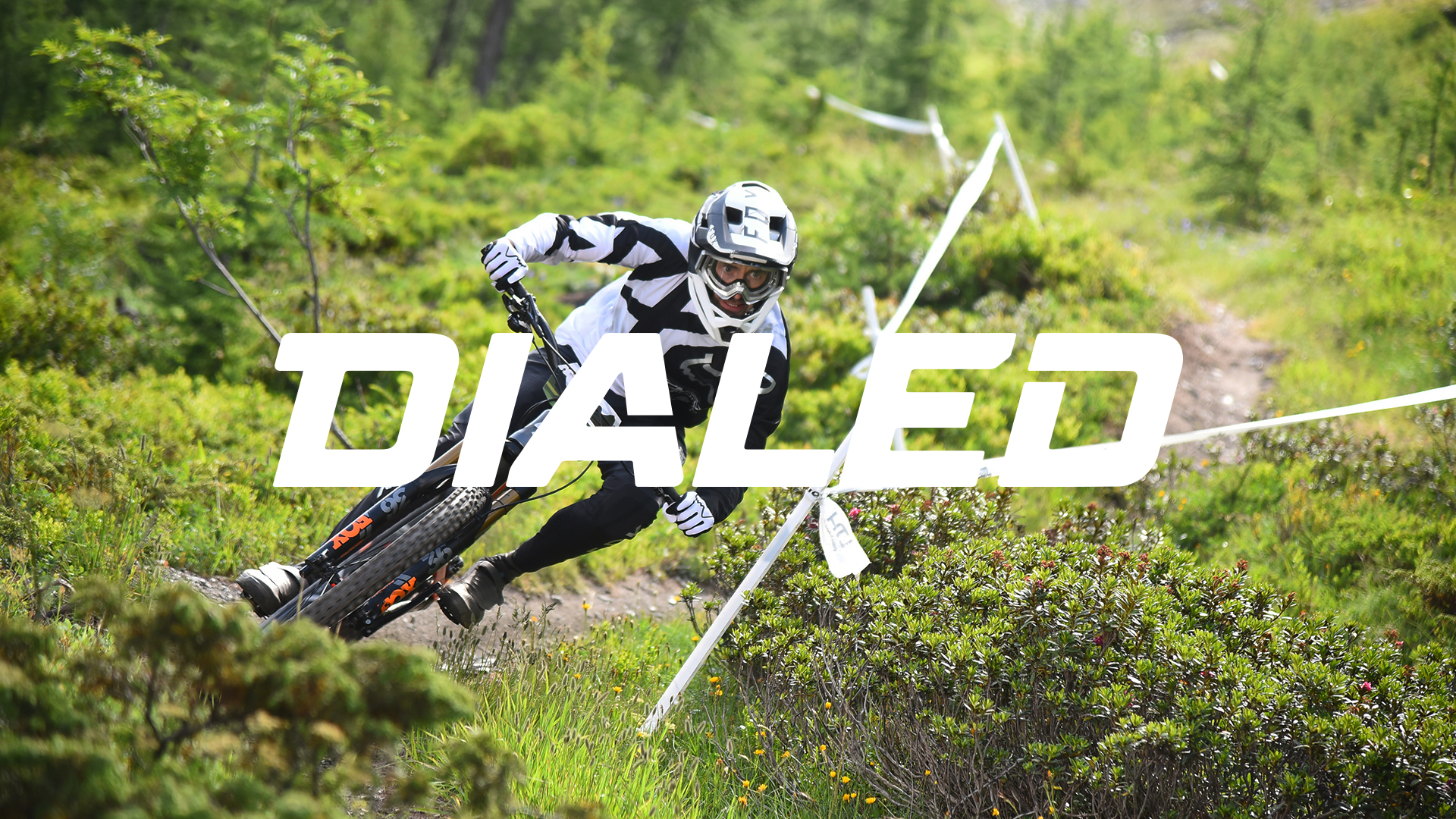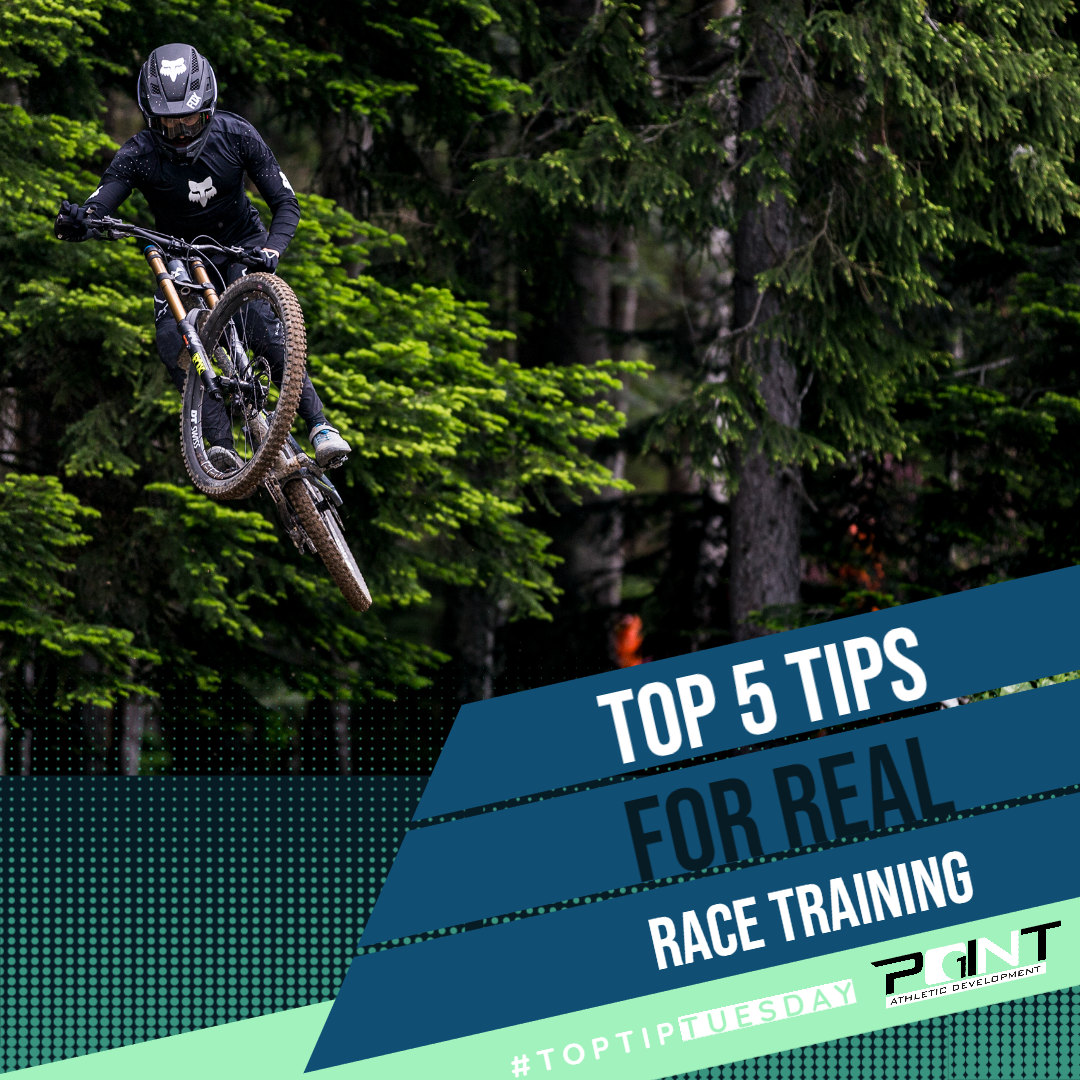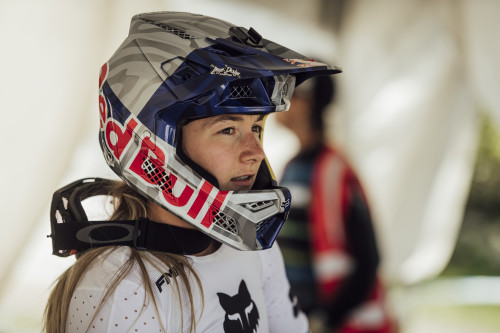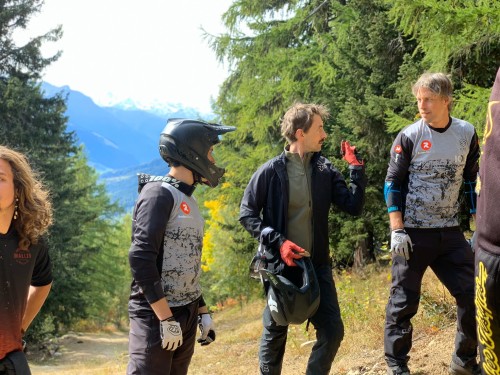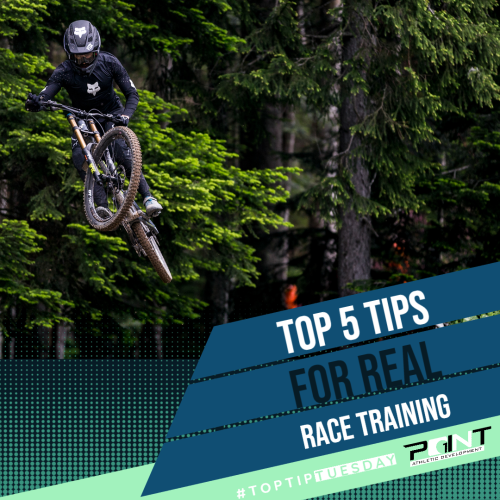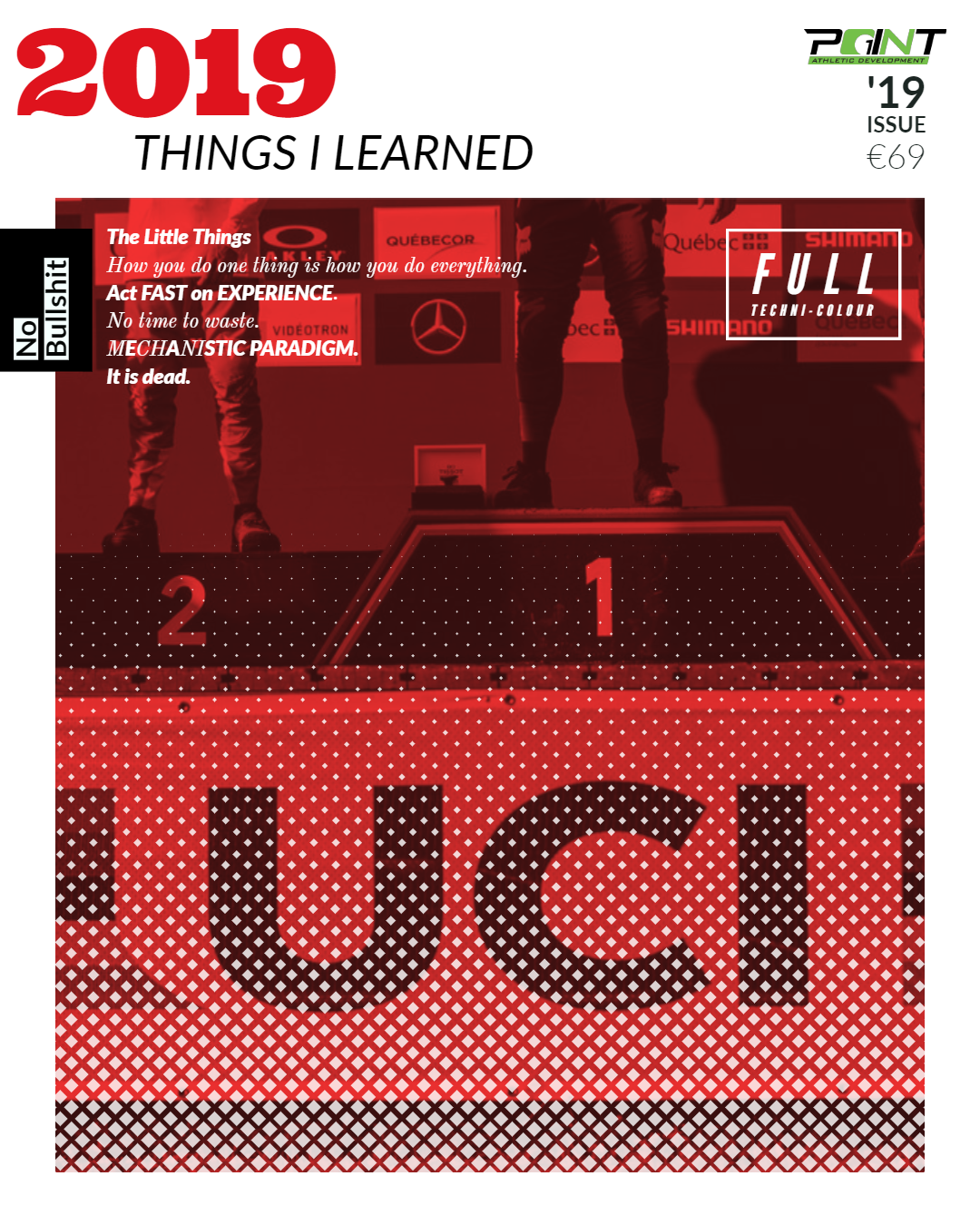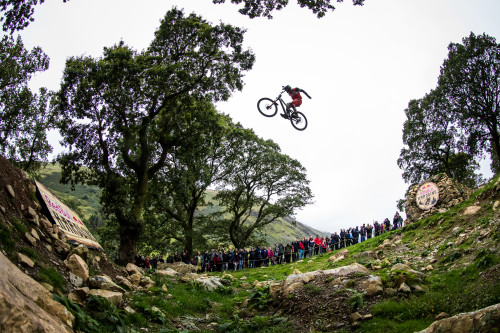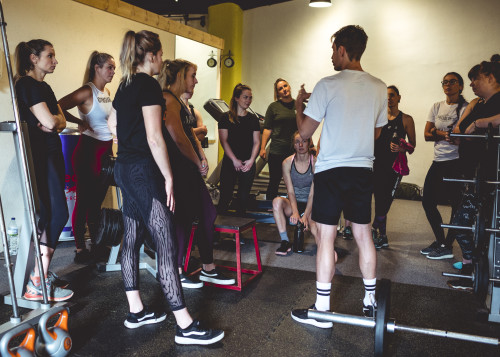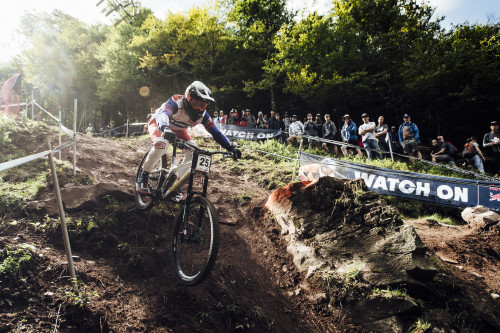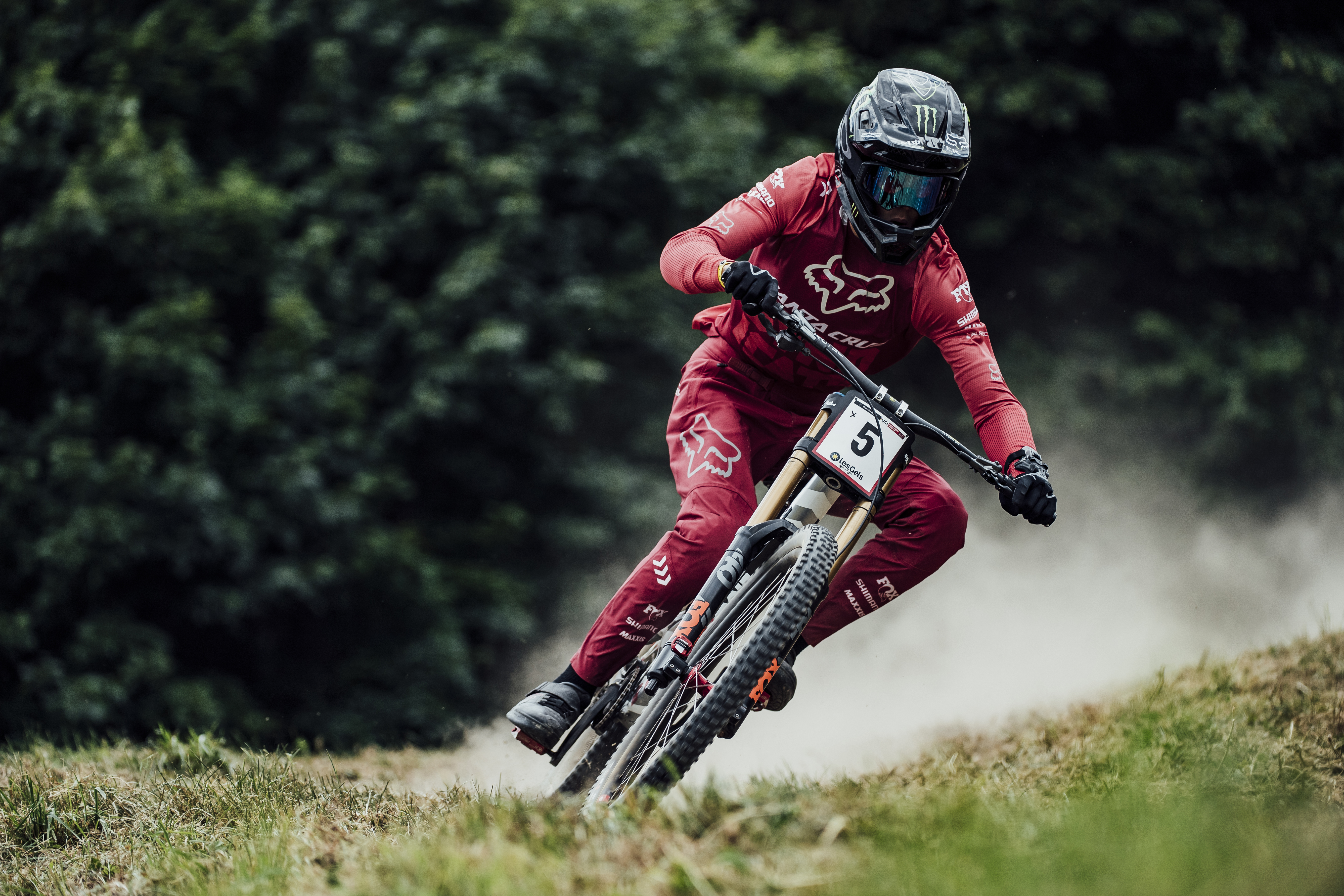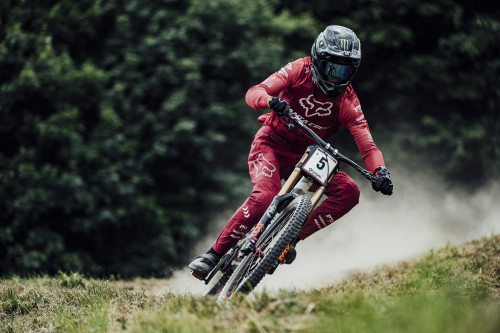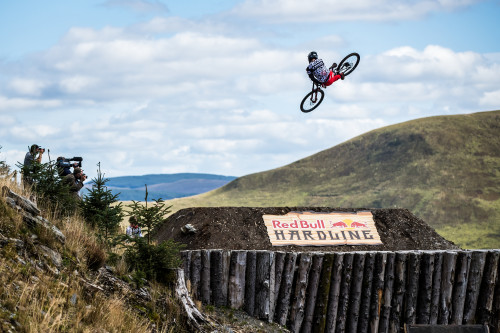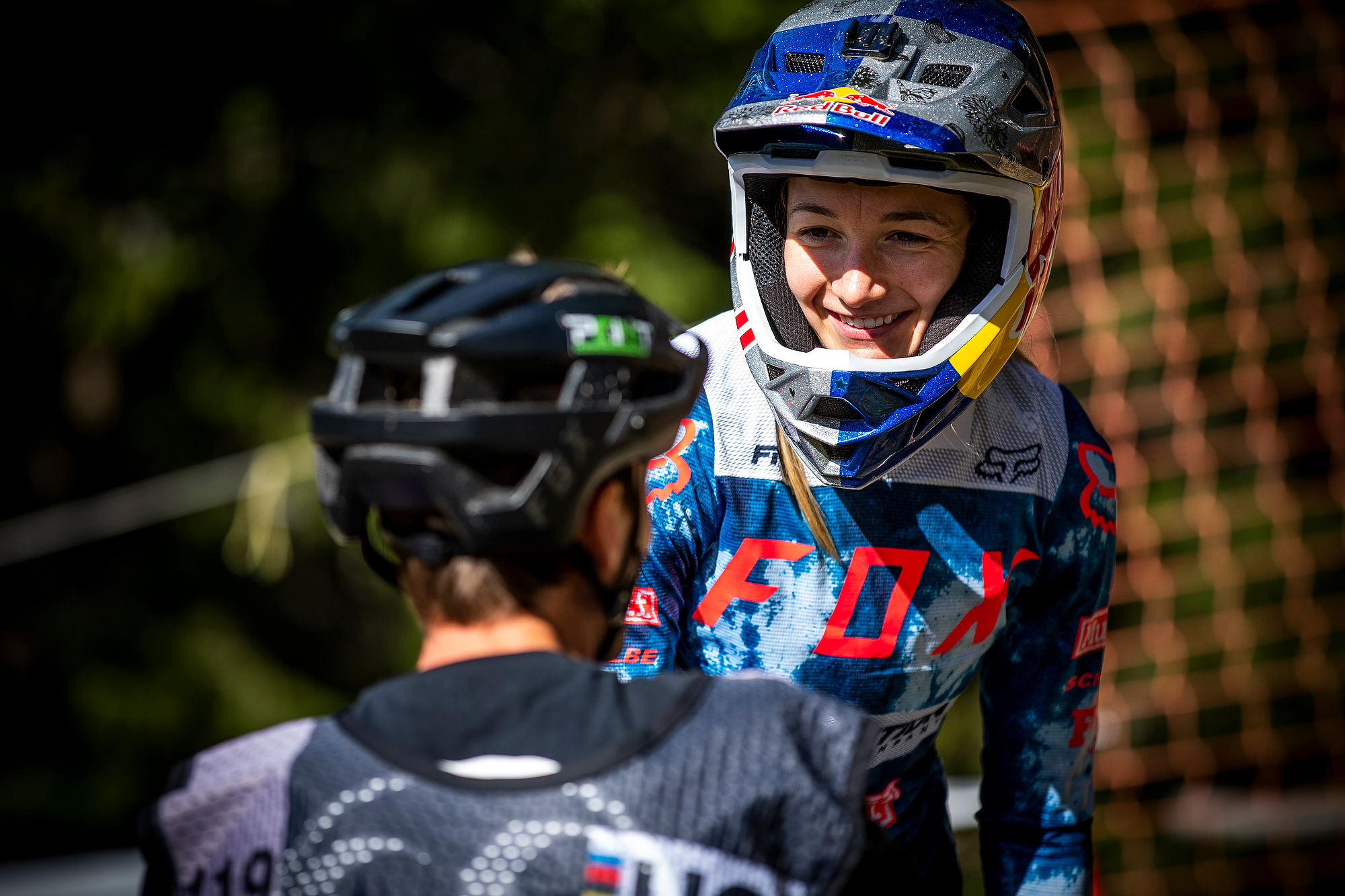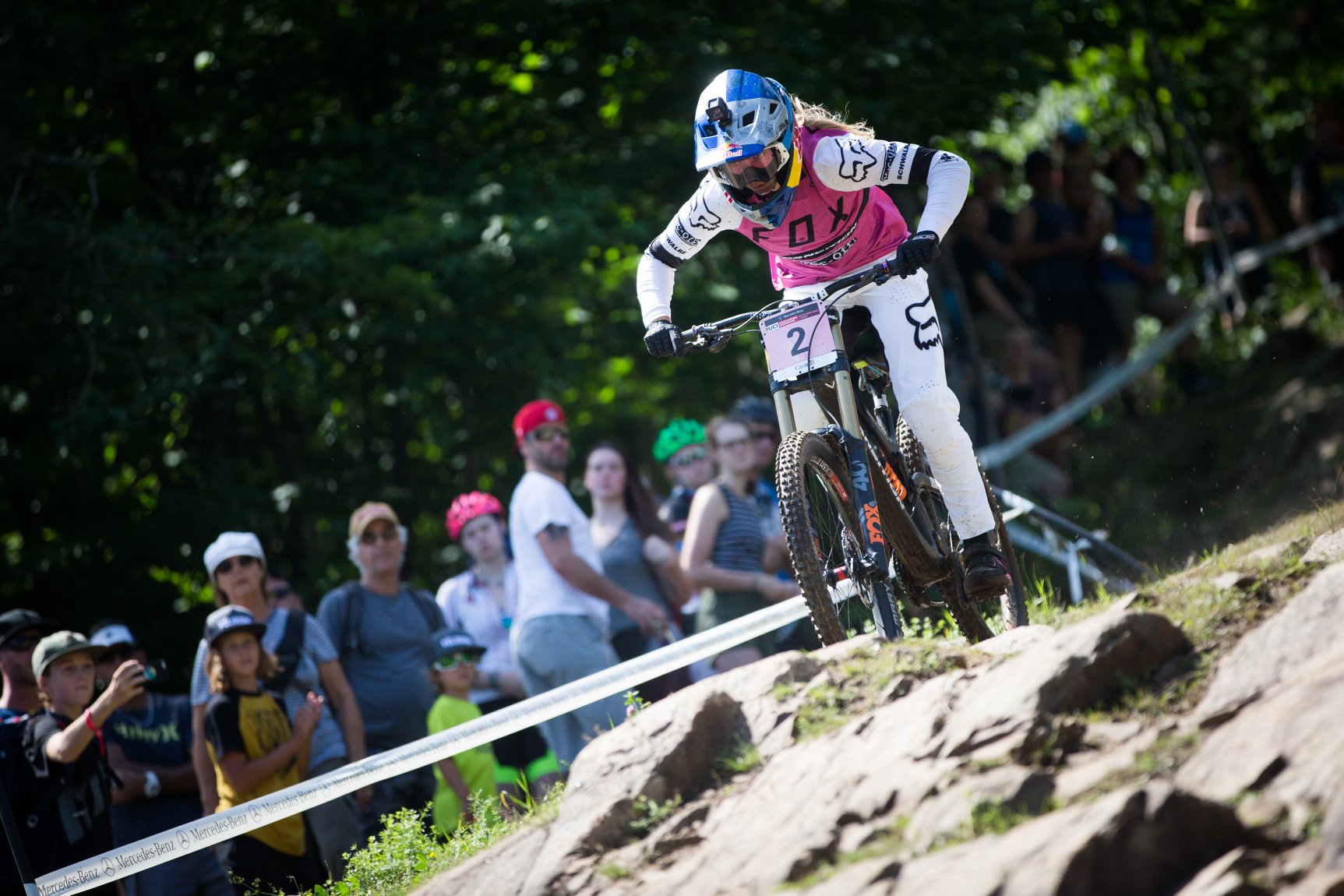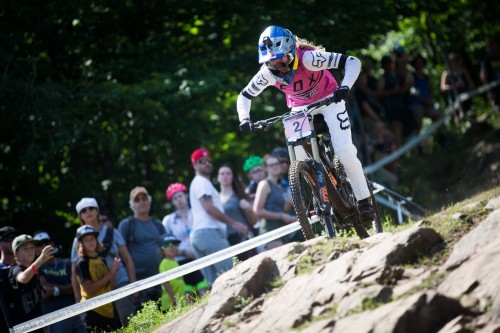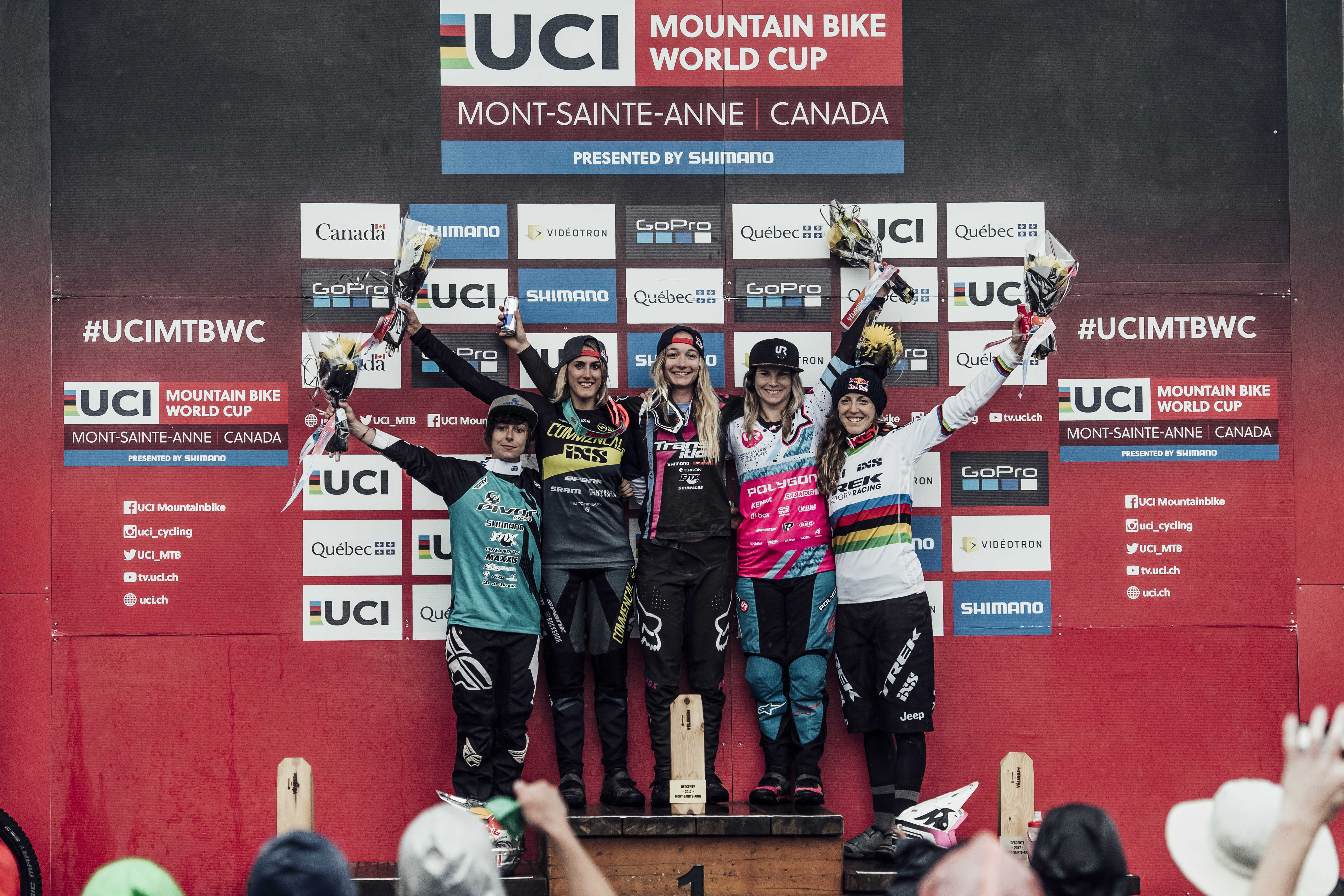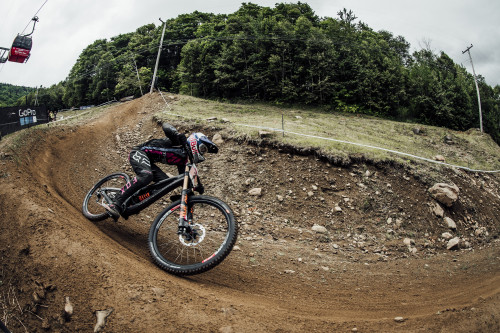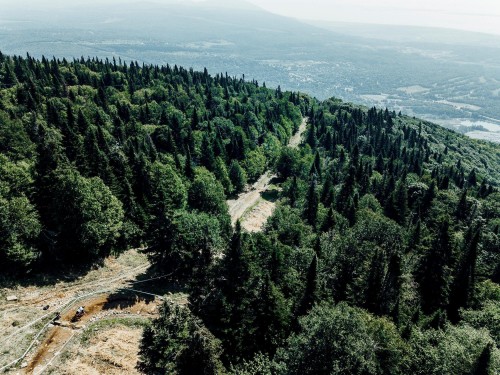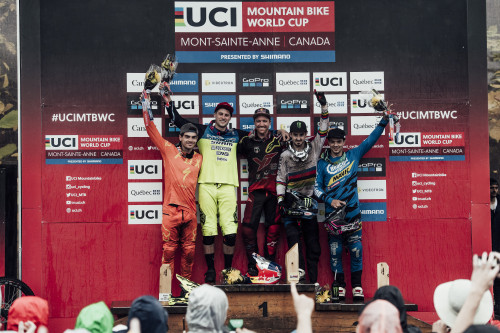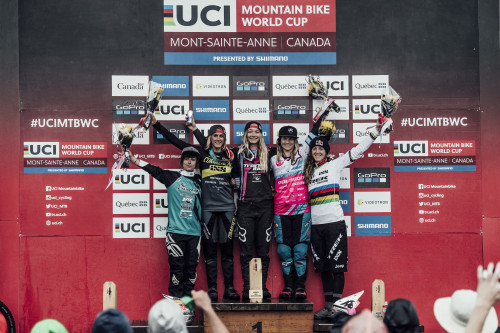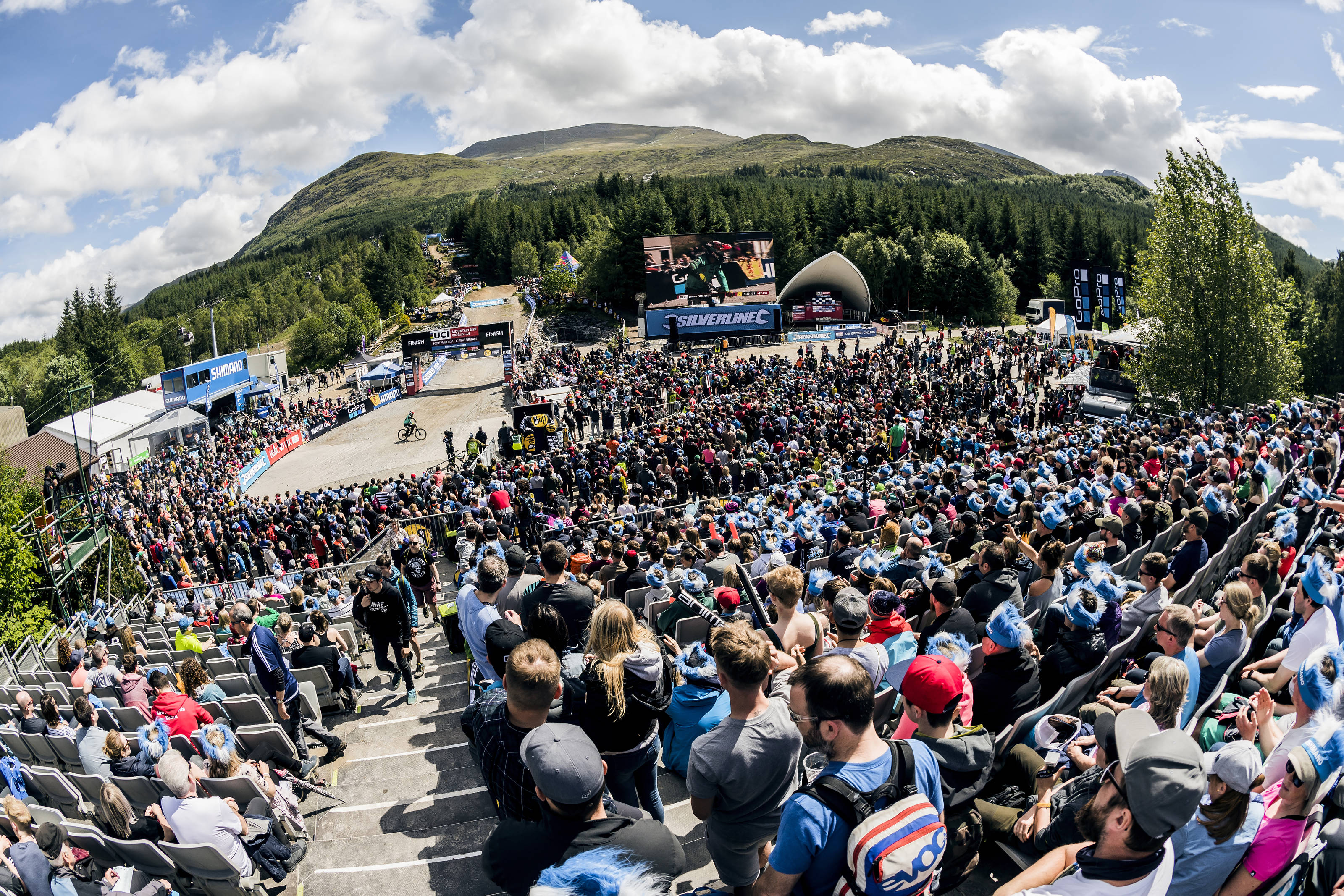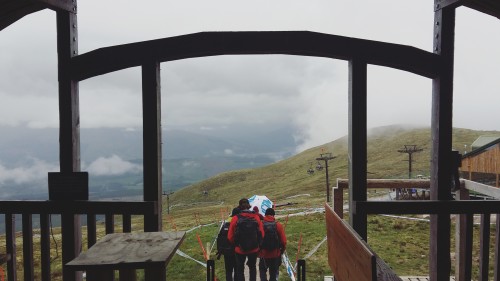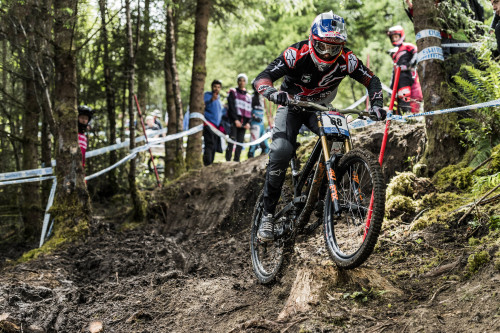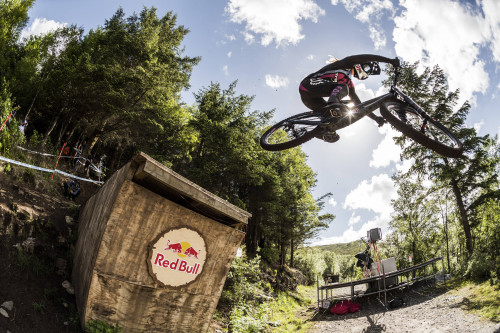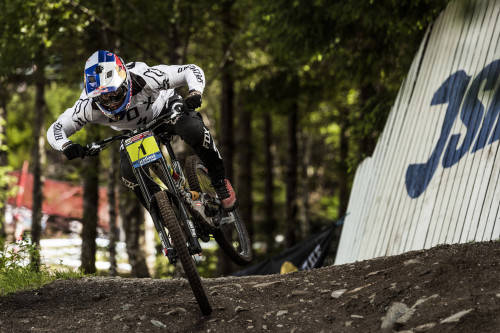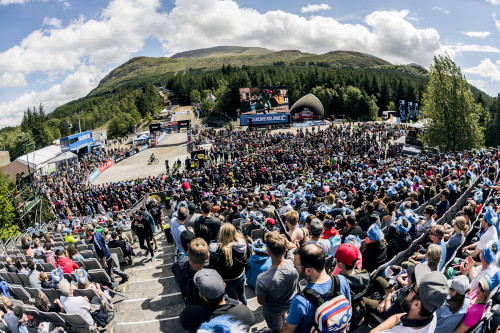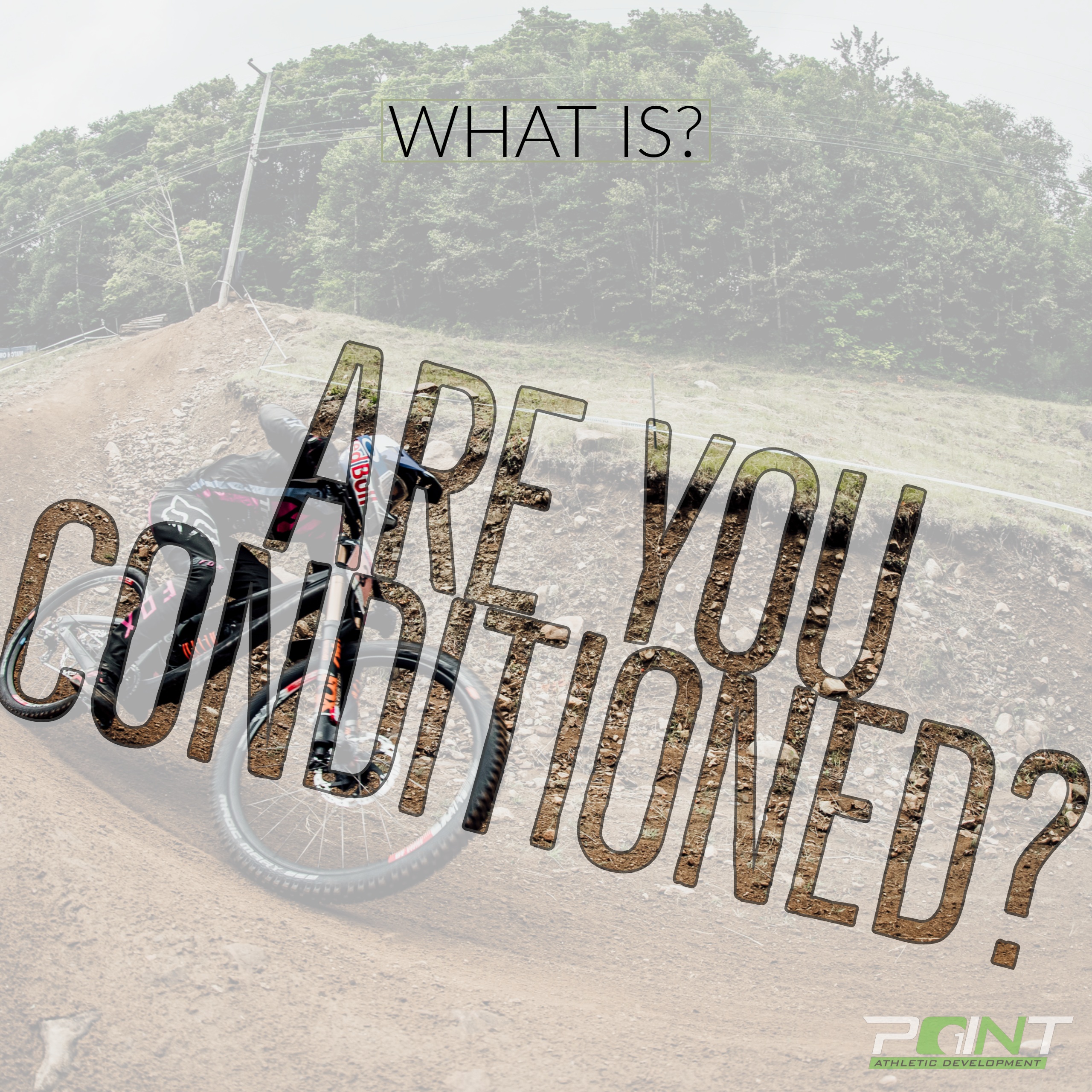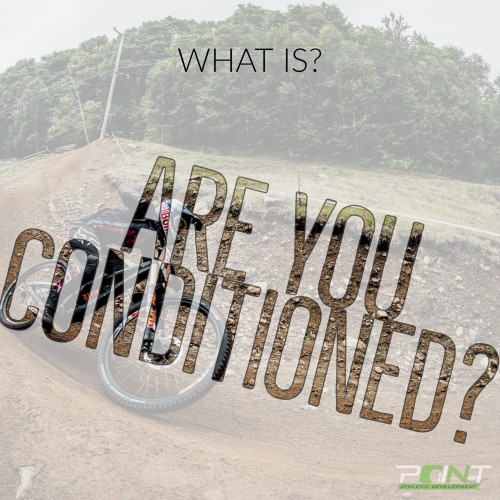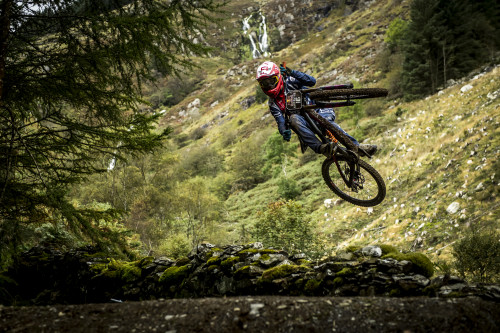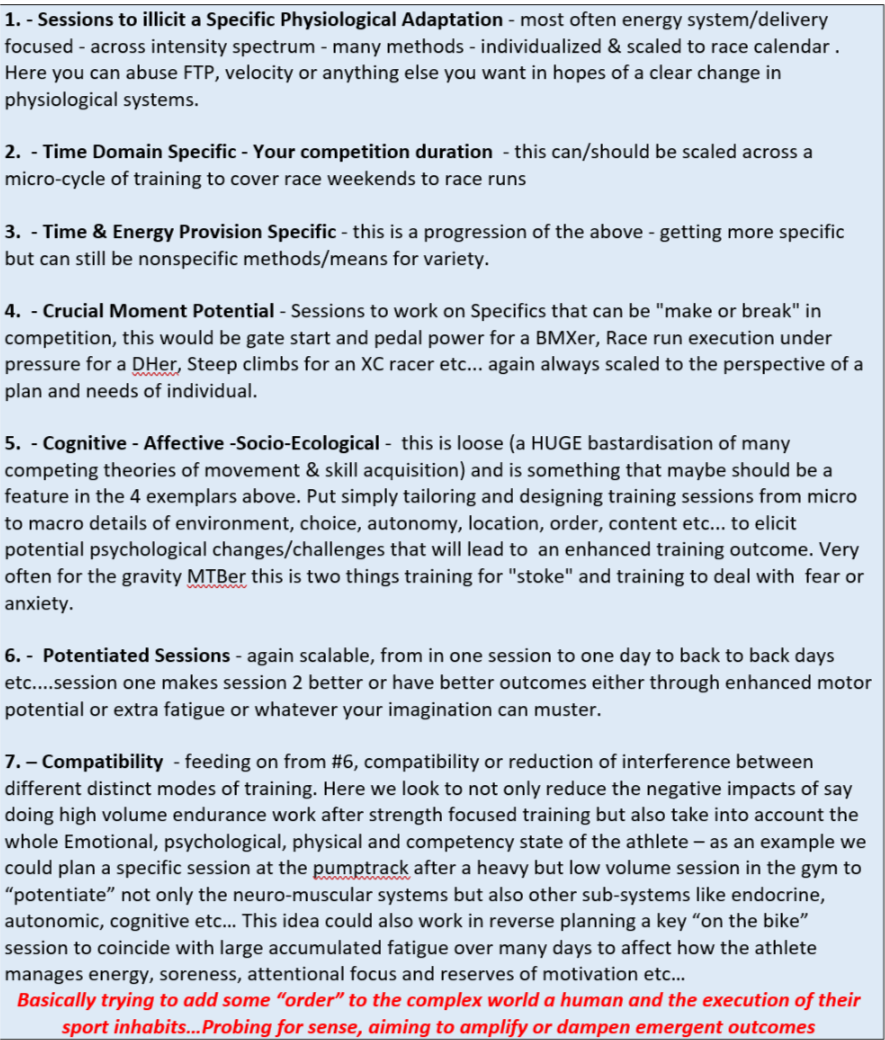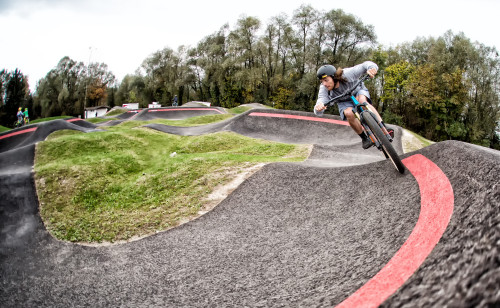By in large the feedback on our (myself and Jordi Cortes’ video) on posture, performance and suspension was positive. People enjoyed both the concrete advice and the more abstract or philosophical discussion about the cyclical nature of problem solving your progression as a rider. There was of course some negative feedback, which is always welcome and often necessary. Much of the more negative replies came on the now infamous Pinkbike comments section. Instead of directly replying to those comments and getting embroiled in a slimy pig wrestle where both parties become lost deep in the black hole of internet forum fighting, I thought it better to use some of the feedback to fire up my own skull muscle and delve deeper into my own rationale & understanding behind a “prime posture” and share that with anyone willing to read.
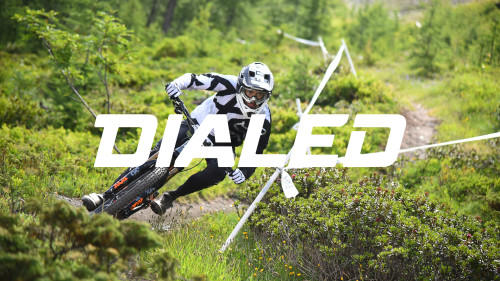
One of the stand out replies on Pinkbike was from a guy who claimed that Jordi or myself recommended a tall posture on the bike but then contradicted ourselves by saying Bruni had the best posture and as we can all see Loic rides at his fastest in a relatively deep “hip hinge”! The discussion then takes off and Amaury Pierron and his “low and aerodynamic” position on the bike gets dragged in. The true details don’t matter so much, more so the overall idea that 1) Jordi or me recommended an upright position and 2) that because successful riders don’t have *the position* that all advice is null and void. The key for me is having some arguments to refute or at least use them expand on my own rationale for a Prime Posture.
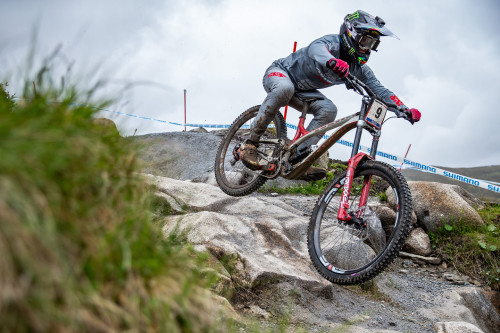
The stand out issue is that my doodle of prime posture showed a rider standing very upright, maybe skewing people’s own representation of what I mean. Coupled with that was the discussion about how a deep flexion biased posture is something I see in less experienced or skilled riders. Those two parts of our discussion may have led people to conclude that we were recommending a tall, very upright posture at ALL times. Which of course is not the case. If the over-zealous commentators had paid attention to the key kinematic components on my doodle they would have realized that no matter how low or deep in their hip flexion Amaury or Loic get they still at all times display the common kinematic variables of a “prime posture”. From top to bottom they are; eyes up, neutral spine, stable & square pelvis hinged over strong legs stacked on mobile but “stiff” ankles! You can look at 500+ photos of either rider in question or any world class DHer for that matter and you will see all of the above on display. You cannot however prescribe specific joint angles that are the best across all people. As we all know the variables of limb length, strength, total mass, mass of each limb or joint segment, sensory-motor difference and a whole host of variables due to the inherent redundancy or degeneracy of the human motor-system mean that the details of the postural solutions to the balance problem that is riding an MTB down wild tracks at speed are individual. They just share common features, or Principles of Prime Posture if you will.
The more upright posture I was describing was a direct antithesis to the heavily flexed posture of the scared novice. It was not a description of the perfect posture we need in all situations. Continuing as the comments did with both Amaury and Loic as examples of low and aero postures we can dig into just what is actually on display and why. As outlined in the previous paragraph, no matter how low Amaury gets he always displays an eyes up, neutral spine and stable hinged hip posture, ditto for Loic. The more experienced eye will see the commonalities of posture not the differences caused by kinematic or anthropomorphic variables. Going further the true issue with the debate is that it’s comparing tomatoes with bananas. We all know that tomatoes have no place in a fruit salad! As spoken about in the #dialed episode posture on the bike is simply a solution to the problem of balance. Riding bikes is a dynamic balance challenge where maintaining our centre of mass over our base of support is critical. Doing so as we successfully negotiate challenging terrain and apply the right technique at the right time is skillful riding.
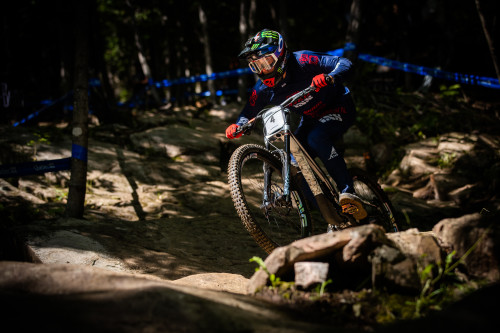
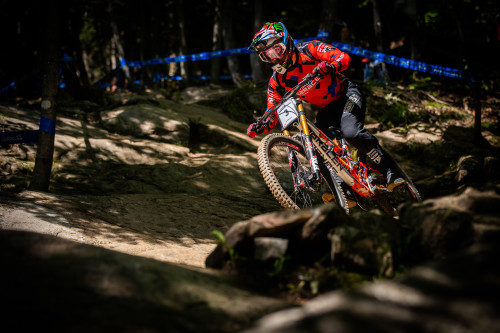
What we see Loic and Amaury do is solve their own unique balance challenge in the most appropriate way possible given the task demands. In this case that’s getting from A to B down a gnarly World Cup track as fast as possible. As we all know World Cup tracks are fast, often wide and now have less tight turns and changes in speed than before. Average speeds are high, between 35 – 40 km/h for most tracks, peak speeds of up to 75 km/h and there is a variety of gradients but mostly things are steep enough that a rider needs to have a more rearward bias in posture to distribute weight optimally to maintain the needed blend of vision, control, balance and efficiency. The word efficiency here is key, it’s our motor systems search for a cost effective way of solving movement problems that leads to this low or deep hinged posture for many WC racers. It’s the fastest, safest and most energy efficient way to solve the task at hand. Controlling your COM on your bike comes in two main forms; an ankle dominant strategy and hip dominant strategy. When speeds are low, good riders tend to choose an ankle dominant strategy, cruising along nice and tall, using small movements at the ankles and then knee and hip to deal with the very small displacements of COM caused or demanded by the trail. When speeds are high and especially when speed, gradient and the amplitude of displacement of COM is great, then good riders will use a far deeper more hip dominant strategy to control COM. Again, this is a universal concept that has key similarities between individuals but many small differences caused by the vastly different sizes, shapes and motor learning histories we all have.
As a visual example of the above principle, hit this LINK to watch Amaury displaying an ankle dominant strategy as the terrain, speed and urgency of the situation dictates that as the most cost effective solution. This is the general neutral position myself and Jordi were talking about. Then watch the following five seconds to see Amaury display his hallmark hip dominant strategy as he shreds some wild terrain at warp speed – HERE. And for arguments sake if you watch all of the clips in the following link from Mont Sainte Anne World Champs you will see a more mixed approach to the balance problem as that’s what the terrain and speed demands. It’s certainly a hip dominant strategy but it’s slightly taller – LINK showing that postures as a strategy to control COM displacement are on a continuum. At all times in the linked videos though, Amaury displays the key movement principles of Prime Posture – vision is stable, neutral spine, hinged hips etc….
From here onward I could probably fill 50 pages with endless waffle about the reasons behind how and why individuals choose certain points along the ankle to hip dominant continuum of postural control on a bike. We of course need to speak about the importance of keeping the head neutral and parallel to the ground we travel on as the signals from our vestibular system are key to successful control! The potential questions are nearly endless. Do our postural choices lead to an increase or decrease in the amplitude or strength of the automatic postural responses that are encoded in our spinal “circuits” and brain stem? Does our unique sum of joint angles and inter and intramuscular coordination and length tension relationships caused by our preferred strategies lead to a functional increase in short latency reflex responses or are they still not much to write home about? Are the shapes we make on the bike key to enhancing muscle synergies that drive effortless and rhythmic movement?
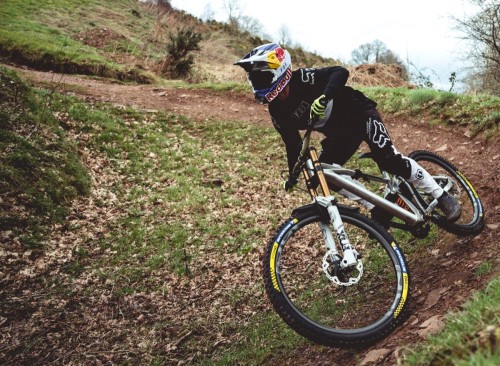
The questions of why a prime posture is truly prime are pretty far reaching, this little blog post is about refuting the notion that postural choices are absolutes, they exist on a continuum of usefulness or relevancy dictated by the demands of the terrain. Is there an aerodynamic element to Amaury or Loic’s choices? Maybe, wind resistance or drag is one of the key forces acting on riders along with friction, so whether innate or planned, maybe getting low when possible is a choice. I’d hazard a guess though that given the demands of race tracks the deeper hinged, low postures we see are as much about riders femur lengths, torso strength and arm span as anything else.
The goal is to ride the bike from A to B as fast as possible. The task is to do so in an energy efficient way while maintaining balance. For this to happen kinematics, kinetics and the redundancy of the motor sensory system needs to be controlled. That challenge is so complex that really the best approach is to focus on the key principles of prime posture. You will see the best of the best share these items no matter what the trail, track or speed demands are.

